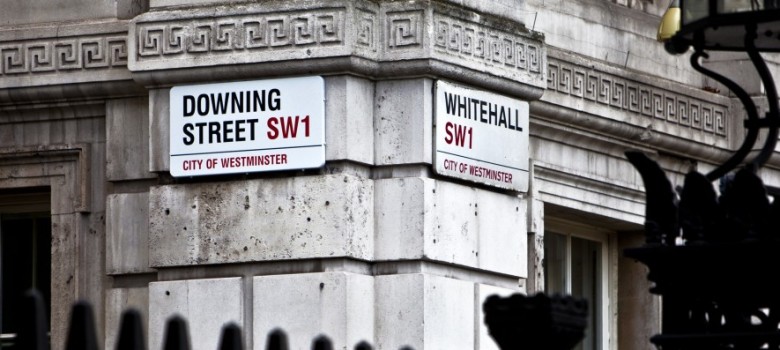
On Tuesday 22nd May, Edward Davey, the Secretary of State for Energy and Climate Change published the first draft of the Energy Bill that could define the electricity production market place for many years to come. In the following post we have provided an overview of the bill, however it can be found in full here.
Introduction
- Over the next decade 20% of our existing power stations are due to close
- The investment to replace this lost power generation will require an estimated £110bn investment
- This investment also needs to be aligned to our climate change goals, with one of the principal aims targeting decarbonising Britain’s electricity generation.
- There are 3 families of low carbon energy generation technology
- To make this a viable option, we need fundamental electricity market reform.
- This also creates opportunity for the UK to become market leaders in cleantech, it is estimated that the UK CCS (carbon capture & Storage) could be worth £6.5bn to the UK by the end of the next decade.
- By 2020, the Government is committed to making a 34% reduction in CO2 (relative to 1990 levels), as part of the Kyoto agreement and ensuring that by the same time 15% of our electricity is from renewable energy sources
- The plants that are due to be decommissioned over the coming decades will be replaced with intermittent power sources (Wind and Solar) and less flexible sources (Nuclear).
- This newly envisaged electricity market will require a lot of investment, as we need infrastructure that can service a much more flexible energy mix.
- Demand is due to increase; this is despite home efficiency improvements (The Green Deal), and more efficient use of the grid (smart meter roll out). By 2050, it is thought electricity demand might even double from today’s levels.
- The price of electricity is due to increase, as fossil fuel prices increase and environmental policies come into play, and this is without factoring in the price of the new infrastructure.
The Key Elements of the Energy Bill 2012
There are several key elements to the Energy Bill.
- Implementation of Electricity Market Reforms (EMR)
- Clarify the role of the regulator Ofgem
- Establish an office for Nuclear Regulation (ONR)
- Changes to the offshore transmission regulatory framework
- Provisions made for the potential sale of Government Pipeline and Storage Systems.
EMR – In July 2011, the Government set out plans to legislate for structural reforms of the energy market, thereby ensuring future electricity is affordable, secure and adheres with the government’s climate change commitments. This will be done in several ways:
– Introduction on Long terms contracts (such as the Feed-in Tariff with Contracts for differences) to provide stable financial incentives to invest in all forms of low carbon electricity generation. This essentially means that to help stabilise the revenues of an electricity generator over the long term, payments to be made to the generator when a nominal electricity market price falls below a price agreed in the contract. If the nominal electricity market price goes above that in the contract, the generator then pays back the difference.
– A carbon floor price (a tax to underpin the carbon price in the Emissions Trading Scheme) to reduce investor uncertainty, hopefully thereby increasing the attractiveness of investing in low carbon technologies.
– A capacity mechanism for electricity production to ensure future security of the energy supply
– An Emissions Performance standard set at 450g CO2/kWh to reinforce the requirement that any future coal power plants will need to be built with associated CCS technology, but also at this level gas can be used so these plants can be built in the near future (which potentially will plug the energy gap).
Clarify the role of the regulator Ofgem – The new statutory Strategy and Policy Statement will set out the Government’s strategic priorities for energy policy; describe the roles and responsibilities of Government, Ofgem, and possibly other relevant bodies; and define policy outcomes that Government considers Ofgem to have a particularly important role in delivering.
Office for Nuclear Regulation (ONR) – In 2011, the government announced it was going to create a new independent statutory body to regulate the Nuclear Industry. The ONR will work like other regulatory bodies, but there will be added emphasis on five key areas: nuclear safety; nuclear security; nuclear safeguards; the transport of radioactive material by road, rail and inland waterway; and health and safety on nuclear sites.
Offshore Transmission – Offshore windfarm developers will now be able to install their own transmission infrastructure for bringing their electricity onto land. Previously this has not been allowed under the 1989 Electricity act. Relaxing the rules around this will ensure there is no barrier to entry for infrastructure investment.
Government Pipeline & Storage System – The MoD has concluded that pipeline and storage associated with transferring aviation fuel to MoD, US and civilian airports no longer needs to be owned by the government, so legislation is required to enable the sale of this infrastructure.












No Comments yet! Be the first one.